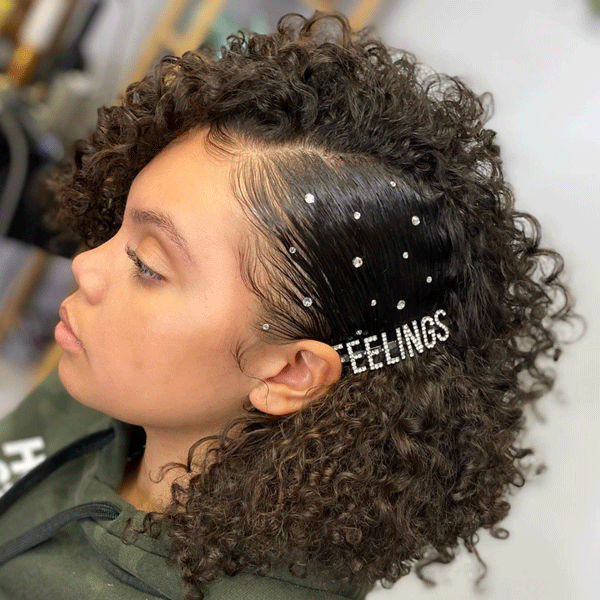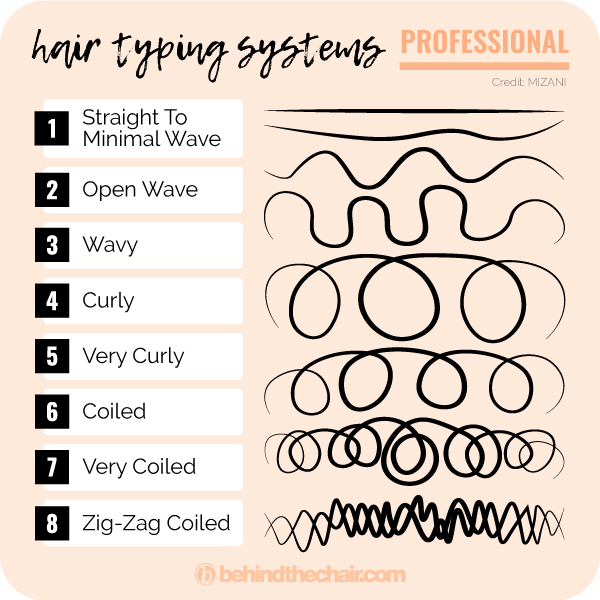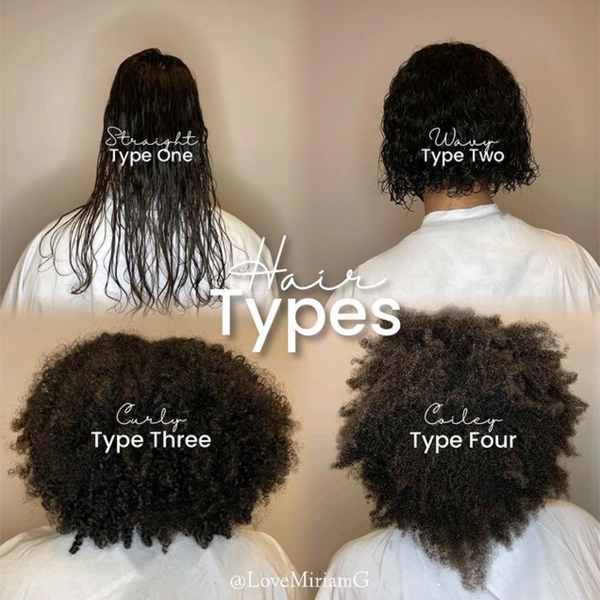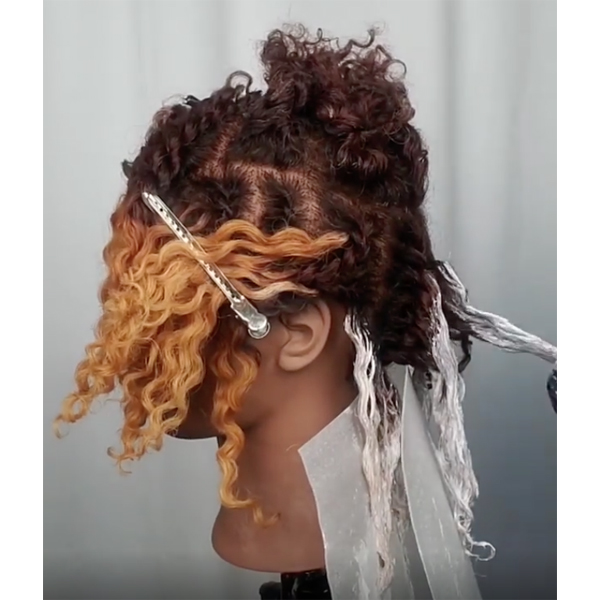Texture Breakdown: Understanding Your Client’s Curl Pattern
Use This Guide For Identifying Texture Types
Want to expand your service menu to include more curly clients, but need help understanding texture? We reached out to the Texture Experts at MIZANI to help get you started with understanding texture, the tools to use for servicing texture clients and how to choose the right product based on texture type. Scroll down to learn more!
Why Is Understanding Texture Important?
“Each texture grows out of the scalp differently and has different characteristics,” explains MIZANI Global Artistic Director Tippi Shorter (@tippishorterrank). “Categorizing the textures helps the team at MIZANI teach and stylists understand better.”
The consultation is the perfect time to evaluate your client’s hair and find out if they grow multiple textures. “I find that many, if not all, clients have multiple textures. With a thorough consultation and understanding of texture, the stylist can give an accurate assessment of the hair and provide a unique service that is catered just for the client,” explains MIZANI Artist Tatiana Ramos (@t_wildflower).

Texture Key: How To Identify Curl Patterns
To help stylists properly identify texture, the Texture Experts at MIZANI created a Texture Key. Set on a scale from one to eight, it places each type of texture into one of three categories: Wavy (1, 2 and 3), Curly (4 and 5) and Coiled (6, 7 and 8). “It also explains common concerns and characteristics for each texture type,” shares MIZANI Artist and BTC Team Member Jamal Edmonds (@lamajbackwards). Those texture characteristics include:
- Texture Type
- Growth Type
- Body
- Volume
- Elasticity
- Porosity
- Maintenance


“The Texture Key gives a visual structure of curls but also emphasizes how the hair grows,” explains MIZANI Artist Al Alexander (@al_alexander). “This gives stylists a better understanding of the characteristics a certain texture may have and how to provide a specific service.”
The Texture Key benefits both consumers and stylists, no other professional system is this comprehensive, adds Tippi.

Send Clients Home With Products That Work For Their Texture
The Texture Key also provides salon and at-home product recommendations for every texture type. “The MIZANI Texture Key provides a breakdown of all the information you need for curly clients, including listing the texture type on the label so clients can see the benefits of each product. It is an easy number system they can remember,” explains MIZANI Artist Jada Jenkins (@jadajenkinsco).
Click Through Each Slideshow To Check Out The Different Types Of Texture
1. Texture Type: Wavy (#1-3)
2. Texture Type: Curled (#4-5)
3. Texture Type: Coiled (#6-8)
Want To Learn More About Texture? Click Here For 5 Tips For Lightening Curly & Textured Hair
More from
MIZANI
-
Blowouts
How To Choose Rollers For Every Hair Type
-
Industry Events
repHAIRations Digital Education Event: What You Need To Know
-
Balayage
Foil & Open Air Highlight Placement
-
Curls
Style Shifter Society Coco Dew
-
Blonde
How To Bleach Curls Without Damage
-
Curly Clients: Summer Guide To Healthy Hair
-
Blonde
10 Ways To Service Your Textured Clients
-
Curly
6 Curly Hair Cutting Mistakes You’re Probably Making
-
Curly
The Aircut: What It Is & How To Do It
-
Corrective Color
3 Corrective Color Tips For Eliminating Bands + Brass
-
Industry Events
The Textured Hair Elevated’s 2nd Annual THE Summit Is Happening January 17 & 18
-
Braids
Zipper Braid: What It Is & How To Do It
-
BTC Events
6 Genius Cheats For Cut + Color Services
-
Haircare
Your Client’s Guide To Summer Hair Damage Repair
-
Haircare
Moisture Fusion Intense Moisturizing Mask
-
Curly
Aircut: 5 Tips To Master This Curly Cutting Technique
-
Styling
Finger Waves: Try This Foil + Balayage Board Trick!
-
Blonde
Curly Hair Color Correction: From Brassy To Warm Honey Blonde
-
Haircare
True Textures Moroccan Clay Steam Mask
-
Conditioners
Thermasmooth Shampoo & Conditioner
-
Haircare
Strength Fusion Strengthening & Repairing Shampoo
-
Distributor
L’Oréal USA Announces New Executive Leadership Appointments & Beauty Brand Updates
-
Manufacturer
Mizani Launches Digital Academy For Texture Education
-
Industry News
The Textured Hair Elevated Summit Is Happening July 6—Here’s Everything You Need To Know








